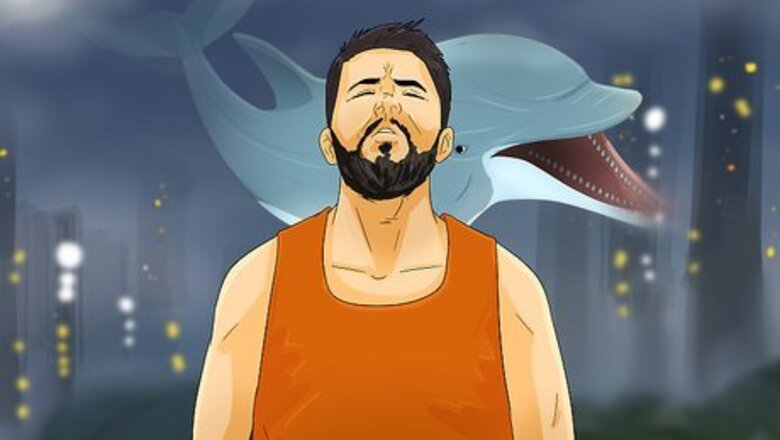
views
- A therian identifies as a species of non-human animal on every level except physical. They often engage in their animal identity’s behaviors.
- You may be a therian if you notice yourself shifting (getting impulses to behave as a non-human animal) or if you remember a past life as a specific animal.
- There are other unique types of therians, such as polytherians (who identify as multiple species) and paleotherians (who identify as extinct animals).
What is a therian?

A therian is someone who identifies as a specific non-human animal. Spiritually, psychologically, and emotionally, they relate to the essence and behaviors of this animal, even though they don’t have the physiology to match. Oftentimes, therians feel most like themselves when they engage in specific activities this animal would do. For example, someone whose theriotype (species with which they identify) is a frog might feel most fulfilled when hopping around and croaking, while someone whose theriotype is a penguin might feel most comfortable waddling and huddling with loved ones for warmth. The term therian is derived from the zoological word Theria, which refers to a large group of mammals (including marsupials like koalas and wombats, and placentals like elephants and whales).
Common Misconceptions About Therians
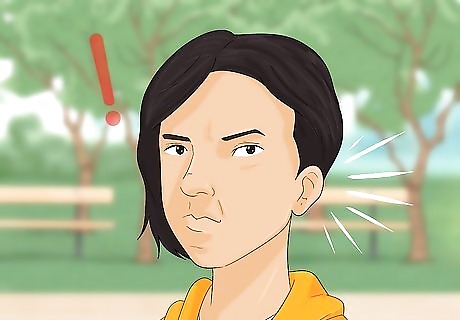
Therians don’t just identify with animals; they identify as them. You may like (or even love) a specific animal or species of animal, but that doesn’t mean that animal is your theriotype. In fact, very few therians choose which type of animal they identify as. Their transition into their theriotype often starts with an involuntary, almost clairvoyant impulse. A therian may also experience heightened senses or a tingling sensation when around other animals of their species.
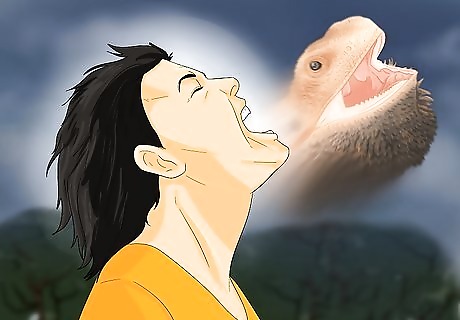
Therianthropy is not on the LGBTQ+ spectrum. While some therians may also identify as Queer, their therian identity is completely unrelated. Because of the words “identify as,” some people group therians in with trans and other gender-nonconforming groups. However, therians don’t consider themselves a part of the LGBT community and vice versa.
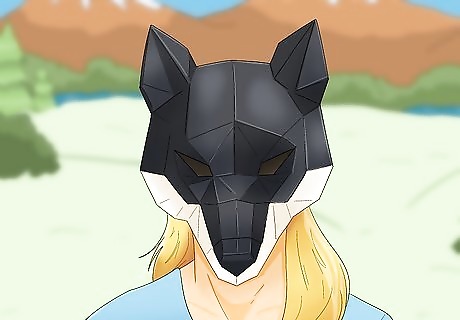
Therians are not furries. Furries are people who are especially interested in a specific animal. They often make animal personas (called ‘fursonas’) or animal costumes (called ‘fursuits’) to connect even further with this animal. However, their fursonas are still a form of roleplaying; they view the animal they’re portraying as a character. Therians, on the other hand, see their animal identity as a core part of them. They are the animal they identify as, whether they’re wearing a costume or not. A small percentage of furries may also derive sexual pleasure from dressing up and behaving as their animal personas. Therians don’t consider their animal behaviors to be erotic acts.

Therians are different from spirit animals. Finding your spirit animal is very different from discovering your identity as a therian. Spirit animals are symbolic, sometimes sacred guides that take on the form of an animal and offer you protection and guidance. While they are spiritual, they’re still a separate entity that you can communicate with. Therian animal identities, on the other hand, are not separate from the therian themselves. They share one body. Spirit animals are commonly associated with Native American traditions. However, be careful using the term “spirit animal” or broadly claiming they’re the same since some Native Americans may find this disrespectful.
Signs You Might Be a Therian
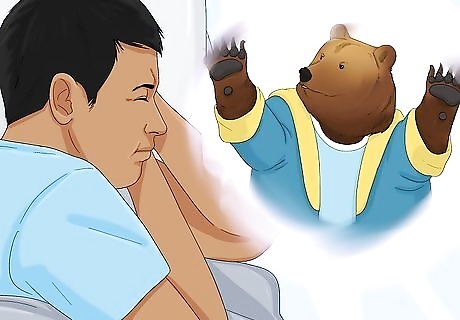
You experience shifts. A shift is a psychological change in your state of being where you can feel yourself transitioning to your animal identity. If you notice a change in your thought pattern where you become more like your theriotype than your human self, if you feel a phantom limb (a tail, a claw, etc), or you suddenly dissociate and feel like you’re more present in your animal habitat than the real world, you may be undergoing some therian shifts. For example, if your theriotype is a parrot, during your shift, you might lose your independent thought and start repeating other people, feel like you have feathers instead of skin, or randomly start visualizing yourself on a subtropical island. Some therians also experience dream shifts, where they undergo psychological and physical changes into their animal identity whenever they dream.
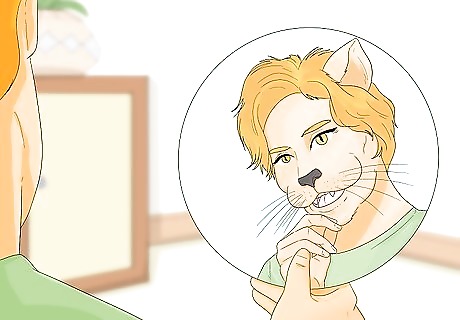
You have species dysphoria. If you feel like your body is the wrong species whenever you look in the mirror (for example, you should be a wolf instead of a human, you should have claws instead of fingernails, fangs instead of teeth, etc.), you may be experiencing species dysphoria. Species dysphoria is a common symptom for therians, who often feel a longing for the body of their theriotypes. Common symptoms of species dysphoria include bouts of sadness or depression, body image issues, or hallucinations where you feel peaceful imagining yourself as your animal identity.

You feel at home in a specific animal habitat. If you’re a therian, you’re likely to feel a calling to the habitat of your theriotype. Sometimes, your animal identity’s habitat may even feel more comfortable than your own human home. For example, if your theriotype is a beaver, you may feel most like yourself in a marshland. It helps to research your theriotype to learn how they interact with the world around them. For example, if you enjoy the beach more than your house, that doesn’t necessarily mean your theriotype is a crab. It could just be a tranquil environment. However, if you feel the urge to burrow into the sand and walk sideways when you visit the beach, you may be a crab therianthrope.

You remember your past life as an animal. Oftentimes, people connect to their theriotype because they feel like they were that animal in a past life. Try remembering your past lives by meditating in a quiet room and asking yourself what your past life was like. If you visualize a specific animal while doing this, that animal may be your theriotype! Practicing mindfulness and meditation regularly can help you connect to your theriotype, regardless of your past life. Try taking a past life regression test to see what your past life may have looked like.

You feel like yourself when you dress as your animal identity. While some therians go all out and make full animal costumes, even trying on a small piece of your theriotype can help you connect to your inner animal. If you try on a fake tail or cat ears and like the way it looks and feels, you may want to look into therianthropy. If you’re a therian, you may also feel a connection to objects associated with your animal identity, even if they’re not part of your animal’s body (i.e furs, leaves, stones, stuffed animal plushies, etc).
Other Types of Therians
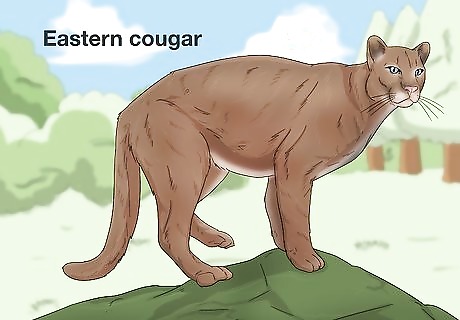
Paleotherians identify as extinct animals. Their theriotypes’ extinction may have happened millions of years ago (like the dinosaurs or wooly mammoths) or within our lifetime (like the Eastern cougar or golden honeytoad). There is debate over whether or not paleotherians are a part of the traditional therian community or a community all their own, since some therians believe the term requires identifying with a currently living creature.
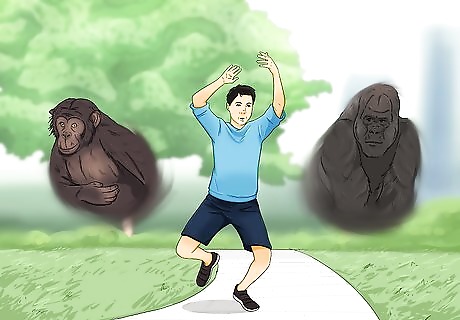
Cladotherians identify as multiple animals at once. The term ‘cladotherian’ comes from the word ‘clade.’ A clade is an evolutionary group containing all the descendants of a common ancestor across all species (living or extinct). Therefore, cladotherians don’t just have one theriotype; they have multiple. For example, while a traditional therian may identify as a gorilla, a cladotherian would identify as every ape-like hominoid (gorillas, chimpanzees, New and Old World monkeys, etc).
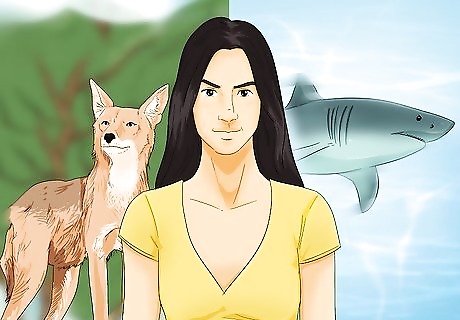
Polytherians identify with more than one species of animal. However, unlike a cladotherian, which identifies as a species in a specific group, a polymorph’s theriotypes may be completely unrelated. They may feel like two different animals at the same time. They might also feel like one theriotype one moment and a different the next. For example, a polymorph may find themselves shifting into a cat in the afternoon (wanting to lounge around, purr, lick themselves) and a shark (wanting to swim, refusing to look behind them) in the evening.
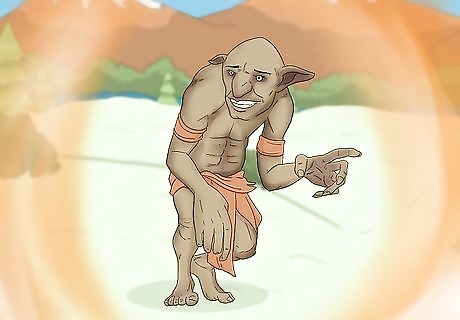
Otherkin identify as mythical or fictional animals. Often seen as their own, separate community of therians, otherkin find their animal identities in books, movies, songs, folklore, and even their own imaginations. While traditional therians relate to existing biological species, otherkin may have the theriotypes of orcs, goblins, phoenixes, or even species from specific fantasy franchises (the dementors from Harry Potter, balrogs from Lord of the Rings, etc). Otherkin don’t require a metaphysical explanation for their identities. Their inner connection to their fictional theriotypes is more than enough justification for them.



















Comments
0 comment